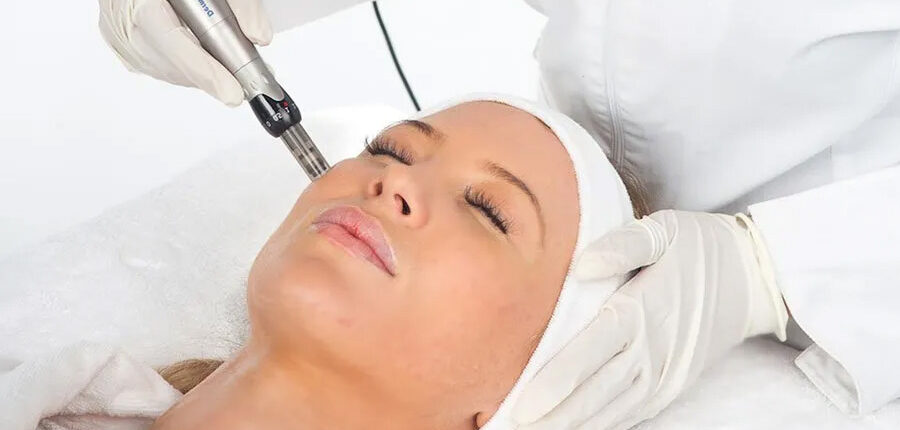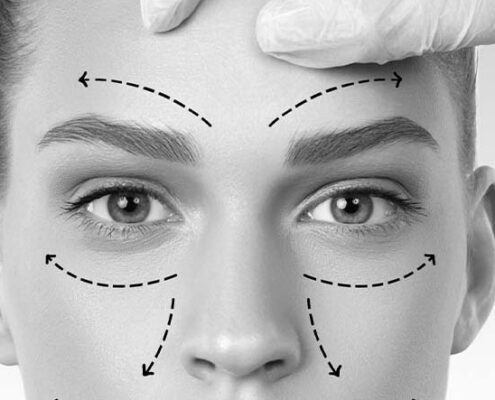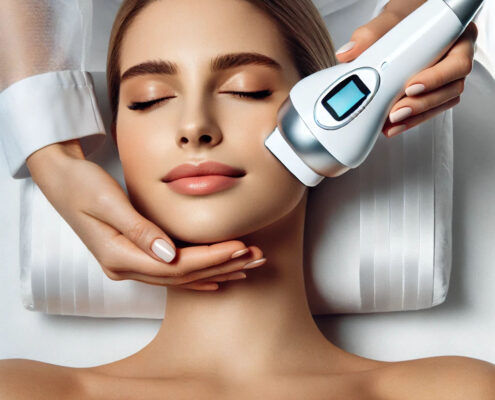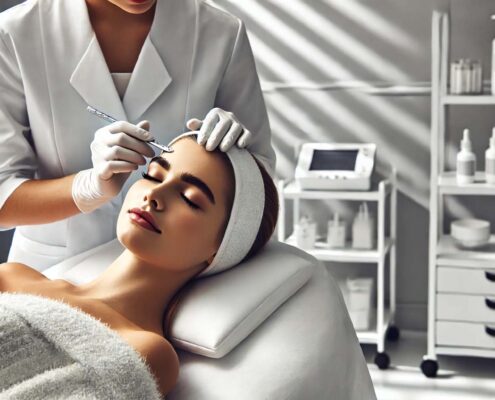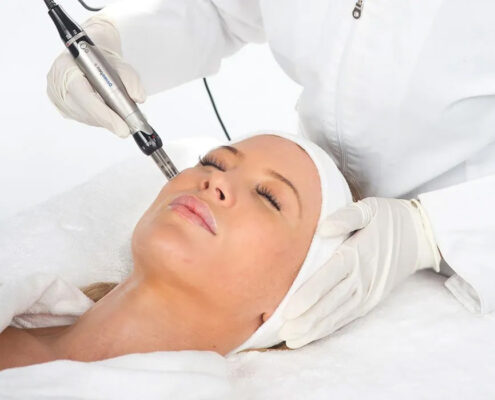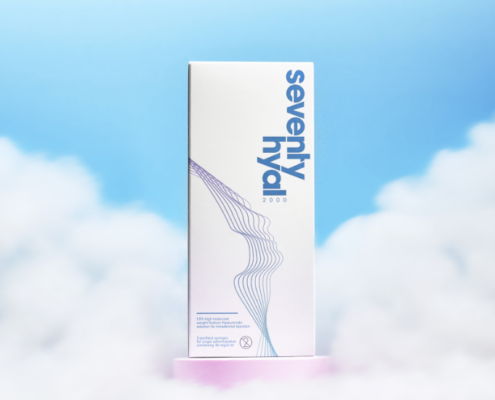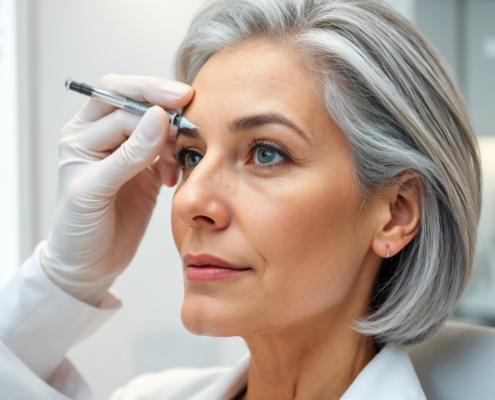 https://reviveandshineaesthetics.com/wp-content/uploads/sites/17/2024/08/Header28.jpg
750
1500
bootcamp2017
https://reviveandshineaesthetics.com/wp-content/uploads/sites/17/2024/08/Revive-Logo-300x156.png
bootcamp20172025-03-23 11:49:122025-03-23 12:02:54Botox Aftercare: 10 things you need to know
https://reviveandshineaesthetics.com/wp-content/uploads/sites/17/2024/08/Header28.jpg
750
1500
bootcamp2017
https://reviveandshineaesthetics.com/wp-content/uploads/sites/17/2024/08/Revive-Logo-300x156.png
bootcamp20172025-03-23 11:49:122025-03-23 12:02:54Botox Aftercare: 10 things you need to knowHow it Works
Microneedling gained popularity because it’s a versatile solution for a variety of skin concerns, all with minimal downtime. Here’s why it’s so effective:
1. Brighter, Smoother Skin
It’s a fantastic option for improving skin texture, tone, and elasticity. Many people turn to microneedling to minimize fine lines and wrinkles. A 2018 study in the Journal of Clinical and Aesthetic Dermatology found noticeable improvements in skin elasticity and texture after just three sessions.
2. Fading Scars
Whether it’s acne scars, surgical scars, or stretch marks, microneedling can help. By breaking down scar tissue and encouraging new collagen, it softens scars and evens out skin texture. A 2016 study published in Dermatologic Surgery highlighted its success in treating acne scars.
3. Evening Out Skin Tone
For those struggling with hyperpigmentation or melasma, microneedling can promote a more uniform complexion. Combining microneedling with depigmenting agents like tranexamic acid has shown even better results, as noted in a 2020 study in the International Journal of Dermatology.
4. Smaller Pores
Large pores can be frustrating, but microneedling helps by boosting collagen around them, making them appear smaller over time.
5. Encouraging Hair Growth
Microneedling isn’t just for skin—it’s also a tool for tackling hair loss. By increasing blood flow and stimulating growth factors, it supports hair regrowth. A 2019 study in the Journal of Cosmetic Dermatology found that combining microneedling with minoxidil significantly improved hair density.

Helen – Aesthetics Nurse
As part of my own development as an aesthetics practitioner, I researched the most common aesthetic procedures for women and thought I’d share it on my blog.
The information I found is based on a general consensus of trends in the aesthetic and cosmetic industry, drawn from a variety of industry reports, surveys, and professional observations reported by organizations such as the British Association of Medical Aesthetic Nurses, British Association of Aesthetic Plastic Surgeons, and other cosmetic surgery and dermatology journals.

